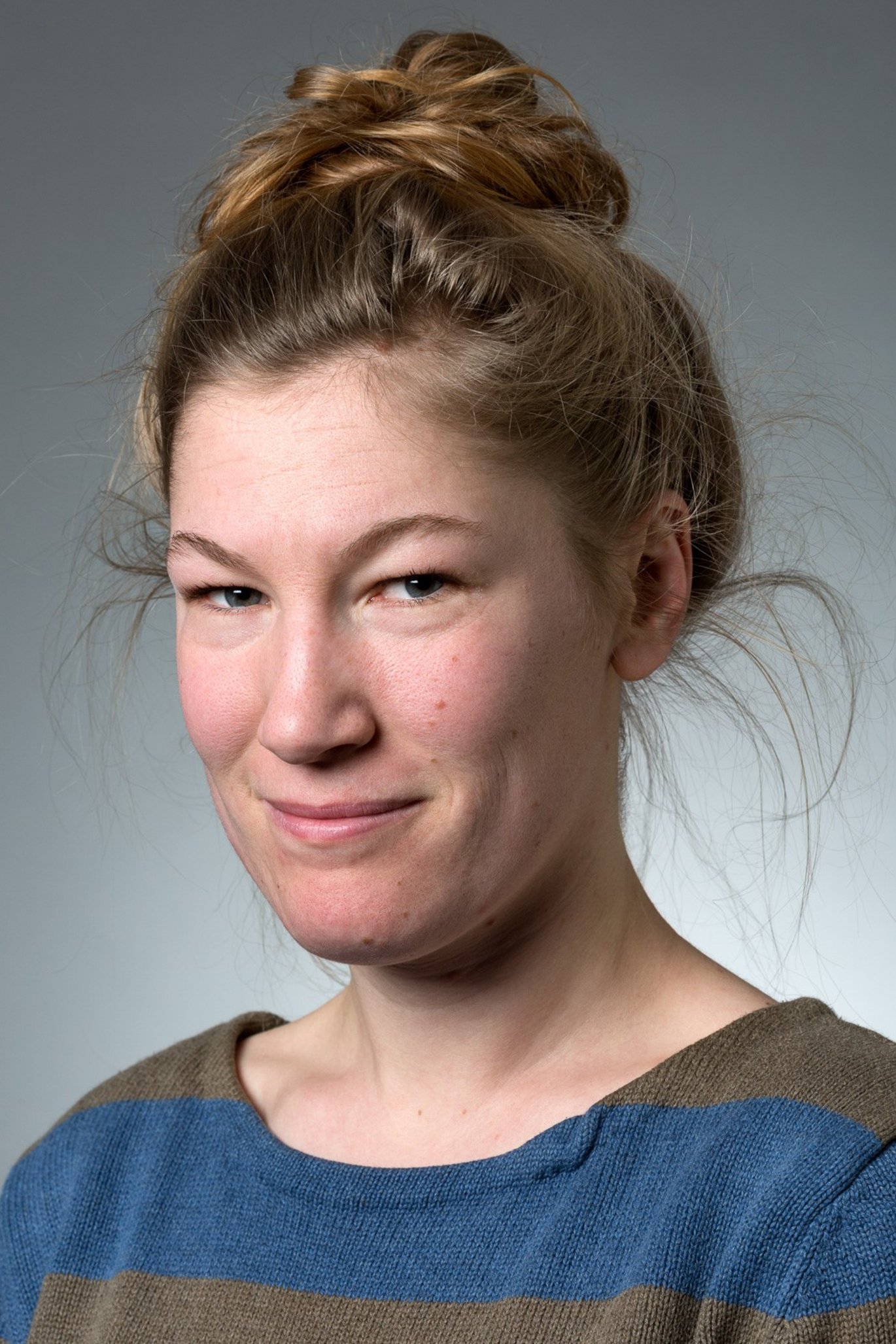Study reveals hierarchy between the body's limbs and the voice
A research project from the Center for Music in the Brain at Aarhus University challenges established theory about the dominant hemisphere of the brain, a researcher explains.

Try counting 1-2-3-4-1-2-3-4, while simultaneously clapping the rhythm to the chorus of "Sgt. Pepper's Lonely Hearts Club Band" by The Beatles.
It is quite difficult and almost impossible, right?
Then try doing the opposite – clap on 1-2-3-4 and hum the rhythm to “ Sgt. Pepper's... ", and you will find that it is much easier.
A new study from Aarhus University now has an explanation: Namely that the human motor function and coordination between hands, feet and voice are determined by a hierarchy.
This hierarchical relationship determines how precisely you can keep a beat and rhythm with your voice, hands and feet, respectively.
"Our research shows that this applies to both musicians and non-musicians. The voice, hands and feet are organised in a hierarchy that determines which combinations of rhythm and beat are easy and which are difficult," says Signe Hagner Mårup, PhD student at the Center for Music in the Brain at Aarhus University and the main author of the research article, which has just been published in the prestigious journal Nature.
Five-level hierarchy
A total of 60 people participated in the study. Twenty professional musicians, 22 amateur musicians and 18 non-musicians. All participants were right-handed.
In the study, the researchers used rhythm and beat in an assignment for the participants in which they had to use different combinations of voice, hands and feet to perform a rhythm and beat simultaneously.
The researchers identified a bodily hierarchy with five levels; 1) left foot, 2) right foot, 3) left hand, 4) right hand, 5) voice.
More specifically, this means that it is easier to perform a musical rhythm and beat simultaneously if the beat is kept by a body part that is lower in the hierarchy than the one performing the rhythm. If the beat is above the rhythm in the hierarchy, it may seem impossible.
According to Signe Hagner Mårup, the result breaks with an otherwise widespread theory about how the brain works.
"It says something important about how our brains are organised. It challenges the established theory that the left hemisphere of the brain is dominant – it shows that the combination easiest to perform can change dynamically between the hemispheres," she says.
New understanding of body and brain
Even though the musical participants in the study generally performed better than the non-musical participants, the hierarchical pattern was the same for everyone in the study.
The study was carried out by researchers from the Center for Music in the Brain, but Signe Hagner Mårup does not believe that the result should only be of interest to musicians.
"This is particularly interesting for musicians for whom coordination of movement is the main component of their daily practising, but also for the general understanding of the relationship between the body and the brain," she says.
More information - behind the study
Study type: Behavioural study that examines the ability of professional and amateur musicians as well as non musicians' ability to perform short rhytms and underlying beat with different combinations of voice, hands and feet.
Partners: Center for Music on the Brain, Aarhus University, Det Jyske Musikkonservatorium and Department of Dramaturgy and Musicology, Aarhus University.
Funding: Center for Music in the Brain is funded by Danmarks Grundforskningsfond
The study is published in Scientific Reports on May 16. 2022.
Contact:
Signe Hagner Mårup, PhD student at the Center for Music in the Brain at Aarhus University.
Tel: (+45) 61794310
Email: signe@cc.au.dk
Peter Vuust, professor and head of the Center for Music in the Brain at Aarhus University.
pv@musikkons.dk
Tel: (+45) 78461617
